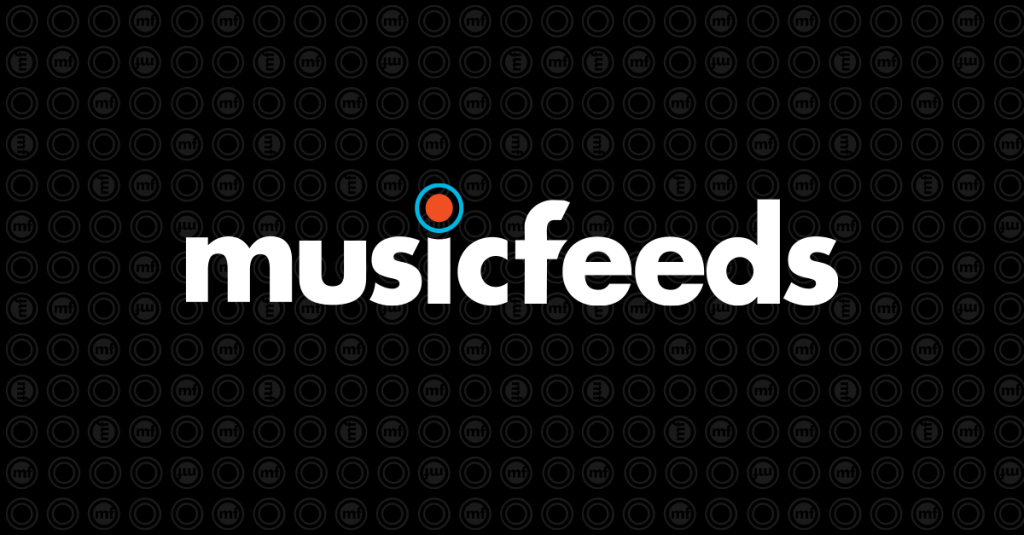It’s been an action-packed 6 to 7 months for Aaron Jerome. Since releasing his highly praised LP under the moniker of SBTRKT in June 2011, Jerome has played around the globe and in the process tuned a worldwide audience into his electronic imagination.
For the man behind the decks, drums and mask there has been little time to reflect on all that has transpired and all that he has accomplished in such a short period of time, the most recent of which – being voted in to this year’s triple j’s Hottest 100 behind the single Wildfire.
“I haven’t sat down and looked at how much I’ve achieved since putting the album out. But it’s been amazing playing around the world and seeing the reaction from fans and people coming to the shows.”
“I suppose from the position I was in before the record came out to now has been pretty incredible.”
Perhaps the primary reason behind SBTRKT’s successful debut is that it doesn’t play like a typical electro record. Not one to stay within the norms of any chosen genre, Jerome has constructed an album that is just as likely to reach into your soul as to make you dance carefree.
“In dance music, obviously you get your standard genres where people want to create something which sounds exactly like what’s come before.”
“But I think what I’ve always loved about it [electronic music] is that continual evolution of it, never sticking to one thing. And that’s the way I create music. Just doing what I love and what I want to make.”
What Jerome is making at the moment is a whole lot of buzz as a headlining act for this year’s St Jerome’s Laneway Festival. Playing the festival for the first time, SBTRKT’s energy has been matched by the crowd’s enthusiasm.
“It’s been pretty good. I didn’t really know what to expect … we did Auckland in New Zealand and that was totally nuts! It was staged on the harbour with all the boats and the sea and the crowd went mental, to be honest.”
Laneway has also afforded Jerome the chance to watch some of his fellow festival musicians, the likes of which would not normally feature alongside SBTRKT. An assorted collection of folk and indie acts; Jerome hinted there may be some potential future collaborators on the line-up.
“There are a lot of cool acts and great voices. I imagine maybe Anna Calvi or someone like that; Chairlift as well. They played before us in Brisbane; I’d never seen them play before. They’re on the same label, so you never know I might try something with them.”
While in Australia, SBTRKT will also be playing two sideshows. The first solo show will take place on Friday February 3rd 2011 at The Metro, Sydney; followed by The Prince of Wales, Melbourne on Thursday 9th February 2011.
When asked about the difference between playing a solo show and headlining a festival, Jerome said it basically boils down to a variation of pressure and audience captivity.
“A solo show is slightly more nerve-racking to be honest because … there’s such a high expectation of what they’re [fans] going to see or receive that night. If you let them down, then they’ll be disappointed forever. So you have to be careful or they may not ever listen to your music again. So for me it’s kind of like that pressure of having to outperform ourselves.”
“The great thing about a solo show is that generally you’ve got 100 per cent of the audience who are really there to enjoy themselves or really like a particular song; compared to a festival where you may get 60 or 70 per cent of the crowd and the rest … are just there because there is a tent or something.”
So whether you have tickets to one of SBTRKT’s solo gigs or just happen upon his set during the Laneway Festival, be sure to savour every moment of the music. Jerome’s philosophy on continual evolution may mean the show you see is once in a lifetime.
“For the live shows we make it up based on our feeling on the night. It’s like DJing I suppose… If you don’t think people are feeling your direction, the primary thing is to make people enjoy it as much as possible, then you kind of change direction, if people are really into the dance thing then you do that”
“The way we play songs live, we generally add a much more live interactive element with all of them. Even with Hold On, the beginning’s very much like the original, but then we go into a much more dance kind of sound at the end, using much more percussion and drums than anything else, then we delve into a couple of big techno things.”
“You kind of wing it, keeping what we’re about but then involving the audience as much as possible. It’s always what you chose and how you play it.”












